Traction Power Supply for Rail Transit
I. Course Introduction
This course integrates theoretical teaching with practical sessions. It mainly teaches the basic principles and technologies of traction power supply systems for trunk electrified railways and urban rail transit. It provides essential basic knowledge and theories for the planning, design, construction and operation of rail transit traction power supply systems.
The offline experiment "Virtual Simulation Experiment on Design and Operation of High-Speed Railway Traction Power Supply System" uses virtual simulation technology to simulate the design and operation process of the traction power supply system through human-computer interaction. It reproduces engineering scenarios, simulates the selection of schemes, equipment and main technical parameters involved in engineering design, as well as relay protection setting and high-voltage short-circuit tests. This achieves effective connection between theoretical knowledge and engineering practice, allowing students to directly see the design effect and verify the design scheme.
This course helps students master the concepts and knowledge points related to engineering design, understand the influence law of key technical parameters on power supply performance, and improve their ability to solve complex engineering problems.
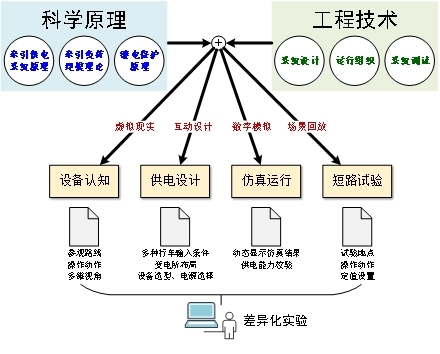
Figure 1: Block Diagram of Experimental Teaching Methods
II. Course Features
(1) Online-offline blended teaching to realize close connection from basic theory to engineering practice
Systematically sort out knowledge modules (basic system composition, core equipment principles, traction load and power supply voltage, typical power supply modes, power quality, rail potential and ground current) to consolidate students' basic theoretical knowledge system in offline classes. Develop the first set of virtual simulation experiment platform for traction power supply, leading students to "enter" the engineering site in online classes. Students can apply the learned theoretical knowledge to "practice" traction power supply design and operation, closely connecting theory with practice.
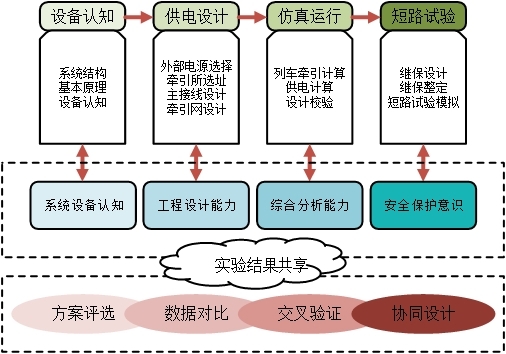
Figure 2: Online and Offline Course Framework
(2) Scientific teaching plan to enhance teaching effect
Design teaching plans centered on students, flexibly using various teaching methods (inquiry-based teaching, BOPPPS teaching, etc.) and modern information technologies (virtual simulation, Rain Classroom, etc.). Encourage the exploration of differentiated schemes driven by tasks. Students can personally design traction power supply systems on the virtual platform and complete experimental tasks. Thus, they can grasp the impact of key technical parameters on power supply capacity, deepen their understanding of important engineering concepts, and improve their ability to solve complex engineering problems.

Figure 3: Schematic Diagram of the High-Speed Railway Traction Power Supply System
(3) Rich course resources to guarantee teaching implementation
Courseware includes high-quality audio-visual materials of engineering sites obtained by teachers based on their scientific research and engineering backgrounds, which are fully open-sourced to students. The virtual simulation experiment platform is based on on-site investigation and shooting of high-speed railway lines. Students can "travel" through high-speed railway traction substations, perceive high-voltage equipment from all perspectives, independently design and operate traction power supply systems, and participate in high-voltage tests "immersively". It expands the traditional "paper talk" in teaching to "field training" under the background of actual engineering.
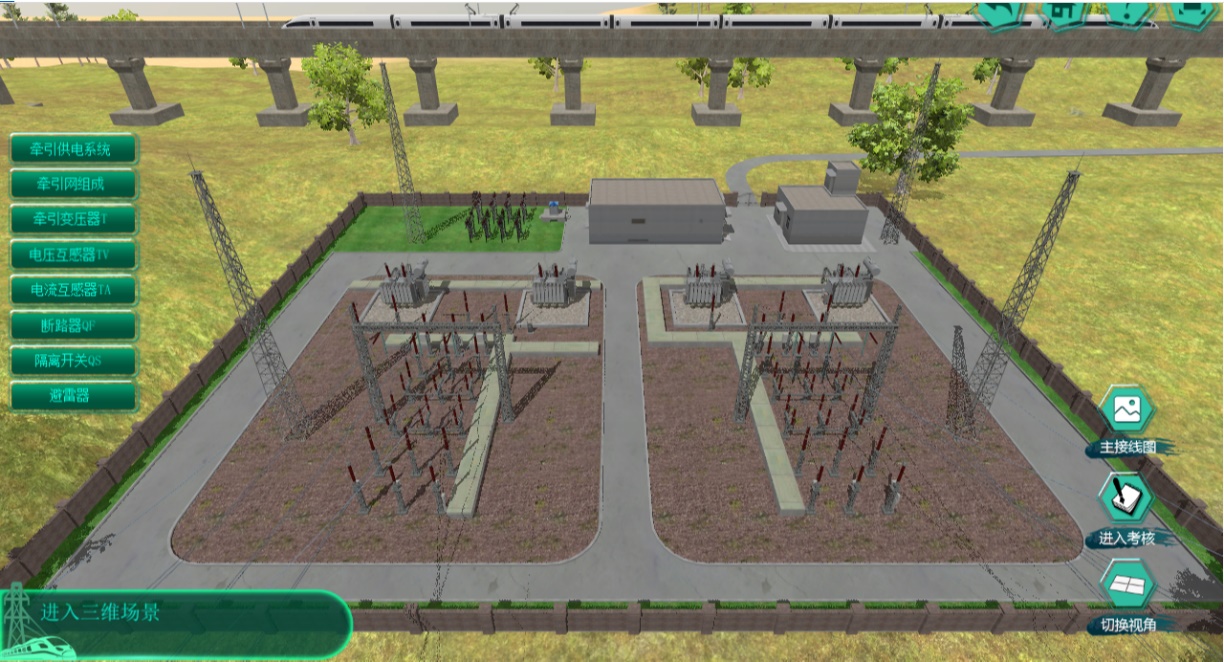
Figure 4: Overall Scene of the Traction Substation
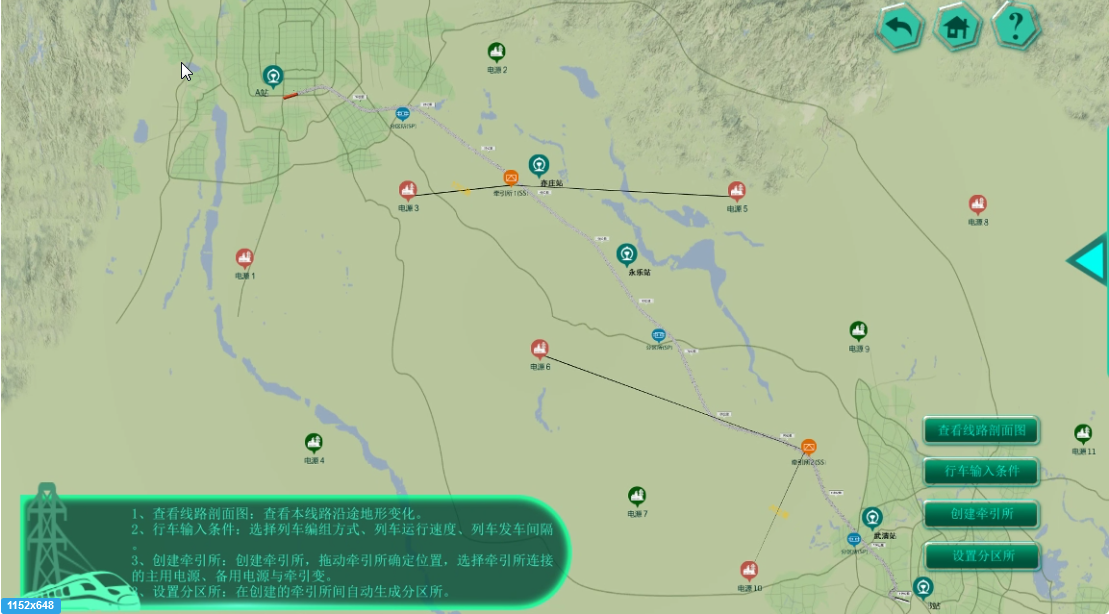
Figure 5: Completed Interface of External Power Supply Design
(4) Diversified ideological and political education to cultivate students' positive self-worth
Adhere to student-centered teaching, not only organically integrate teaching content, teaching methods and teaching resources, but also discuss the levels and entry points of integrating ideological and political elements into the classroom while considering students' different learning characteristics. Update and design teaching plans for cultivating talents, so as to cultivate compound talents with both virtue and ability in the field of rail transit traction power supply.

Figure 6: Online Course Interface
III. Teaching Effect
(1) Application in the university
Since the college began to build the characteristic direction of rail traction electrification in 2008, the course has gradually developed into the backbone supporting this characteristic direction. Following the educational concept of cultivating compound talents for the industry proposed in the 2017 teaching reform, the project "Virtual Simulation Experiment on Design and Operation of High-Speed Railway Traction Power Supply System" was completed in 2018. It was rated as a Beijing Municipal Teaching Demonstration Project, and the first national virtual simulation teaching platform for traction power supply was built. After the platform was put into use online, the popularity of course resources has continued to rise. By the end of the autumn semester of 2020, the number of participants who completed all 4 experimental modules of the virtual simulation exceeded 2,400, and the total number of views exceeded 25,600. Combined with the original offline classes and MOOC classes, a three-dimensional teaching system has been formed.
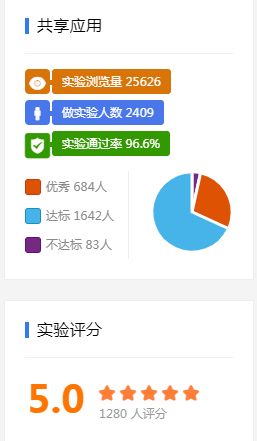
Figure 7: Usage Status of the Online Course
(2) Course evaluation and reform achievements
Excellent teaching evaluation and enhanced teaching effect
Course evaluation includes online student evaluations and questionnaires at various learning stages. The student teaching evaluation results have been good in the past 5 years.
Rich teaching reform achievements
The course team collectively analyzes the teaching evaluation results, formulates improvement measures, summarizes teaching experience, publishes 2 teaching research papers, publishes the latest version of the textbook in 2018, and wins 4 teaching awards.
Model of online-offline blended teaching
After the completion of the online virtual simulation platform, an online-offline blended teaching mode has been formed. The course team shares practical experience among the college, the whole university and brother universities, promotes the teaching reform of other core courses, and plays a demonstration role. Professor Wu Mingli gave a special report on "Virtual Simulation Experiment on Design and Operation of High-Speed Railway Traction Power Supply System" in 2020, sharing the experience of online-offline blended teaching, which received great attention and recognition from peers.
IV. Course Link
http://ee.bjtu.owvlab.net/virexp/gsdc


